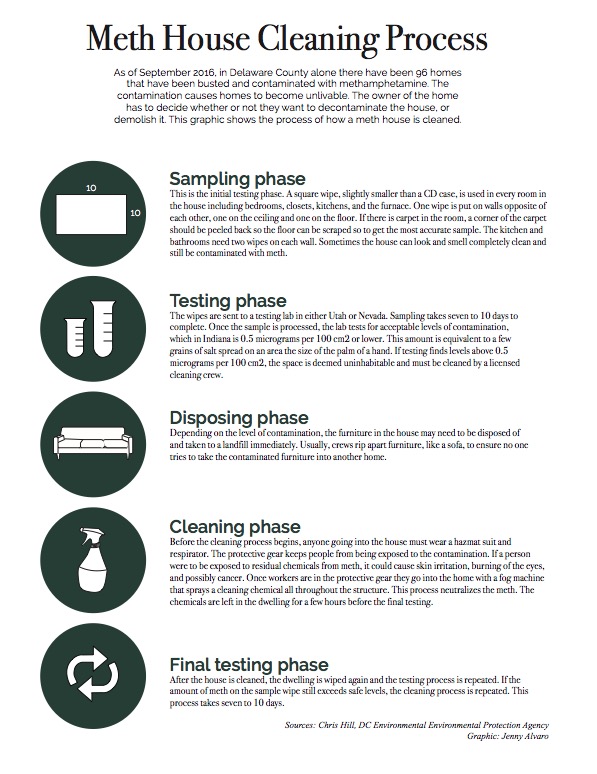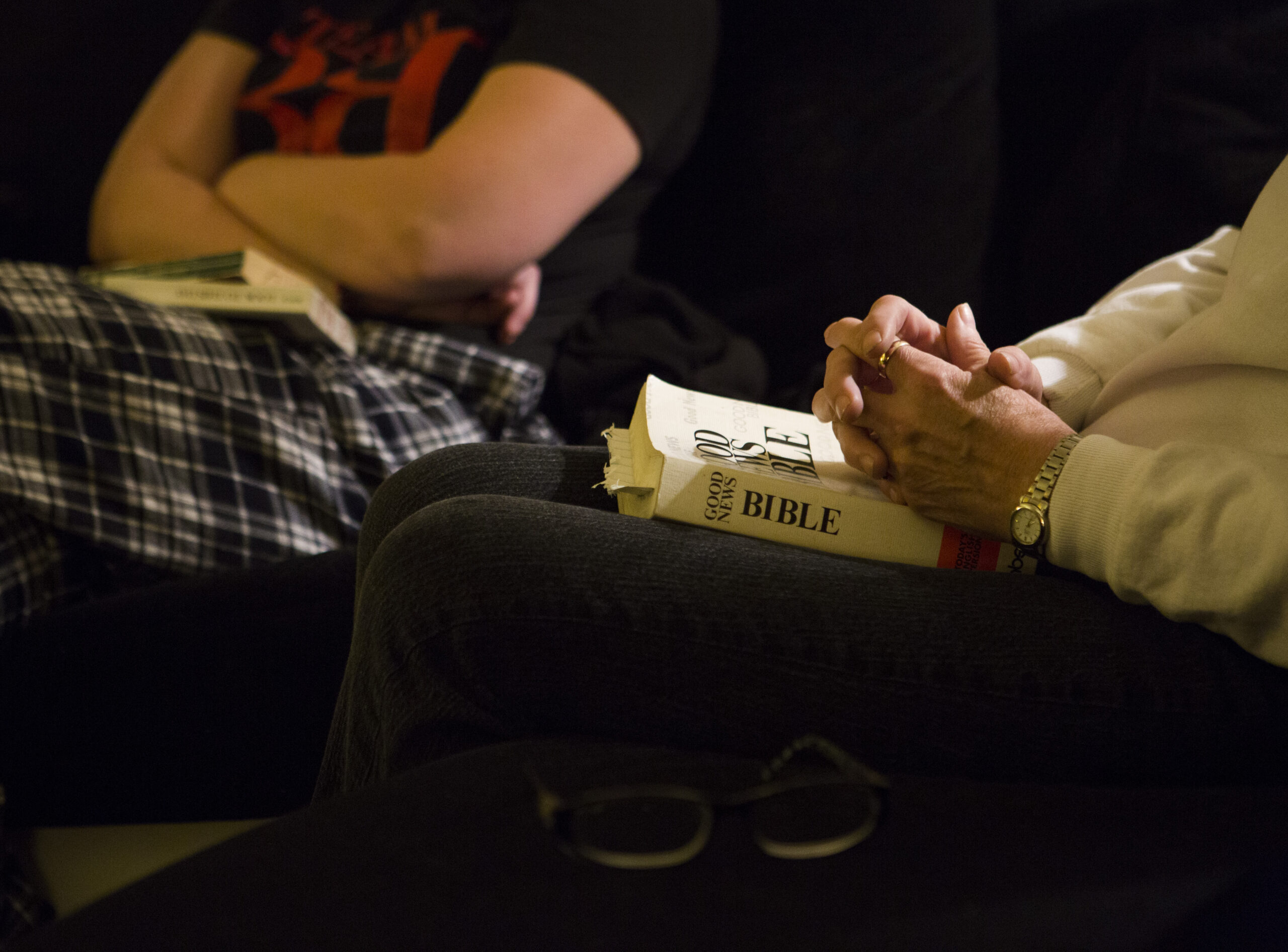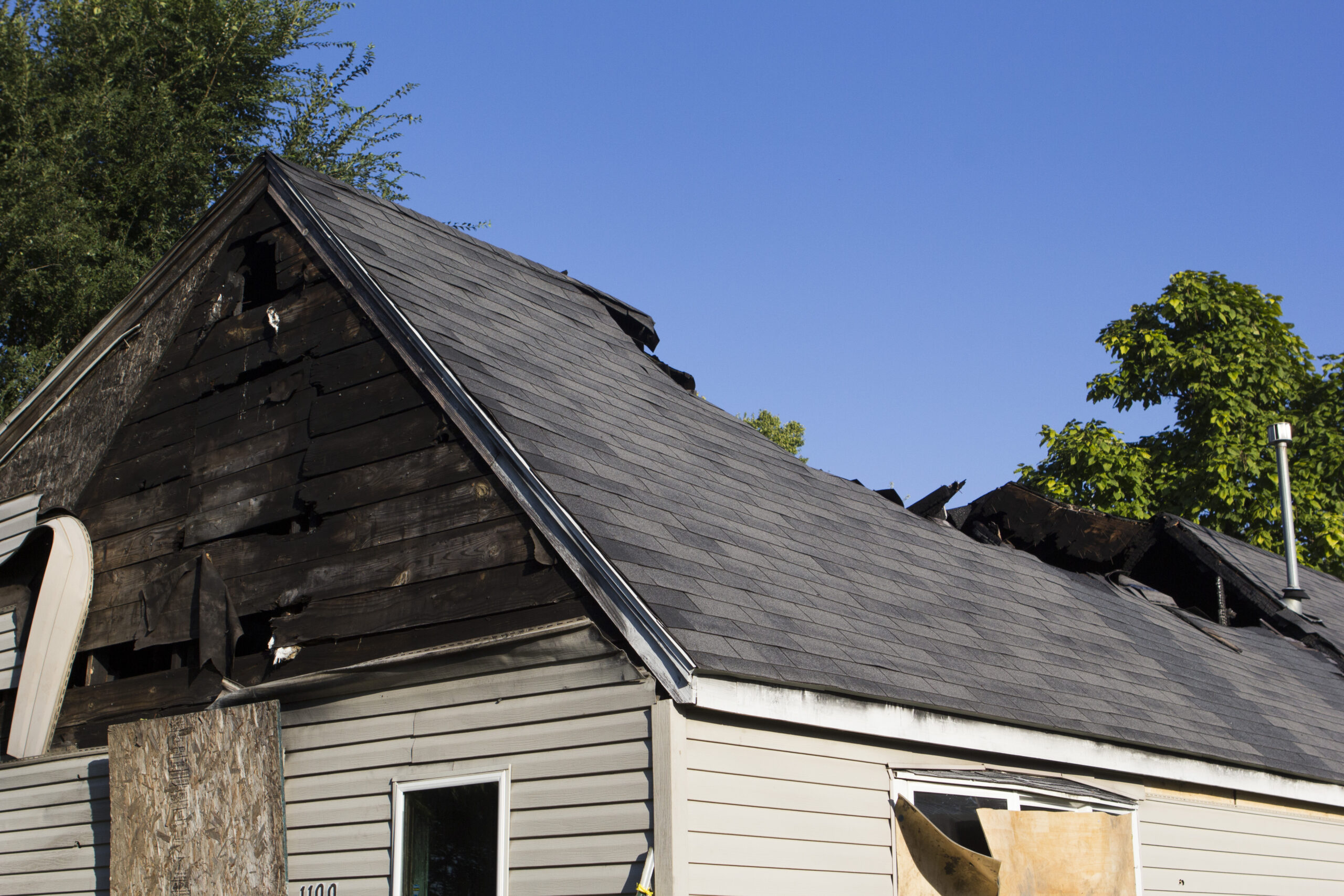 Craig Graybeal bought a house a year ago at 1215 W. 10th St. for $1,000 after the tenants were busted for cooking methamphetamine in the attic. He planned to rehab and resell it as part of his nonprofit’s mission to restore neighborhoods.
Craig Graybeal bought a house a year ago at 1215 W. 10th St. for $1,000 after the tenants were busted for cooking methamphetamine in the attic. He planned to rehab and resell it as part of his nonprofit’s mission to restore neighborhoods.
The house was uninhabitable. The outside was overgrown by weeds. Once inside the house, Graybeal wore a mask, rubber gloves, and a hazmat suit to protect his skin from the residual chemicals from cooking meth. Trash was strewn throughout the house – old board games, stuffed animals, clothing, broken furniture, and fast food wrappers covered the floors.
Delaware County leads the state for the number of meth labs seized in homes. In 2016, between January and September, there were 126 meth labs seized in Delaware County, according to the Indiana State Police. The next highest county is Vigo with 52 meth labs seized in the same time period. In all of 2015, the number of labs seized in Delaware County was 235.
“It was a really junky house, a really small house that had been turned into a rental and it probably had a series of landlords who did not care about the house or the condition of the house,” said Graybeal, executive director of EcoREHAB, of Muncie. “Parts of the kitchen – what was left of the kitchen – was missing, all the bathroom fixtures, toilet, bathtub, valves, were missing.”
The Ball Brothers Foundation sponsored the immersive learning project. The Delaware County Historic Preservation Officer and Muncie Historic Preservation & Rehabilitation Commission wanted old houses in downtown Muncie to be repaired and rehabilitated so they could be resold and neighborhoods restored. With the help of about 20 Ball State University Department of Architecture students, the work was done in eight months.
Graduate student Hunter Crews worked on the house. Crews said he spent about 24-30 hours a week for eight months working on the 850-square-foot home. The difference from when the work started to now is “night and day,” he said.
“A lot of the windows were busted. There were holes in the foundation where animals were coming in and out. There was really no kind of interior finishing on it, there was a sub floor…it was just filthy everywhere. But now, I think it is a house that pretty much anyone would be proud to live in,” Crews said.
Graybeal said they chose remediation by demolition instead of spraying chemicals on the house to neutralize the harmful meth residue. Methamphetamine is a stimulant affecting the central nervous system. Cooking it requires toxic materials that linger in the atmosphere and attach to furniture, walls, and clothing, whatever is in the house. Once meth has been cooked, the entire contents of a home are considered contaminated.
Rebuilding with ecoREHAB
Hunter Crews describes his time working with ecoREHAB in an immersive learning class to rebuild a former meth house. (by Nick Siano)
“It was gutted to studs. There was nothing on the interior. All that trash, all the remnants of the kitchen, remnants of the bathroom, all the wiring, what remained of the HVAC system, all that stuff was gone,” Graybeal said. “I was left essentially, more or less with a new structure.”
A little less than 30 percent of Graybeal’s costs for rehabbing the house went toward cleaning it. Chris Hill, co-owner of DC Environmental Solutions, was responsible for decontaminating the 10th Street home. Hill said it was the most contaminated house they had ever seen and it took “two dumpsters full, four days and five guys.”
The BBF grant to rehab the house was $54,000. Graybeal will re-sell it for $33,000 to an income-qualified buyer. The numbers make it unlikely that investors will start buying up meth houses. But nonprofits believe it’s worth it to preserve the neighborhood.
Annette Phillips began looking into rehabbing meth homes in Muncie after seeing the condition of homes in the community.
“We were walking the neighborhoods, specifically Old West End, and I was noticing some of the buildings that had been tagged (for meth), and so I was just kind of curious because essentially they were tagged, they were vacant and they were just kind of sitting there. And most of them looked like they had been sitting there for quite awhile.”
Phillips is housing director for PathStone, a non-profit that provides services related to affordable housing. PathStone also buys and sells rehabbed meth houses. Homes are rehabbed and resold at affordable prices to low- and moderate-income families.
“Even on regular rehabs that we do, we put more money into it than what we can sell them for, but we see the value in maintaining the existing housing stock and keeping the integrity of the neighborhood,” Phillips said.





